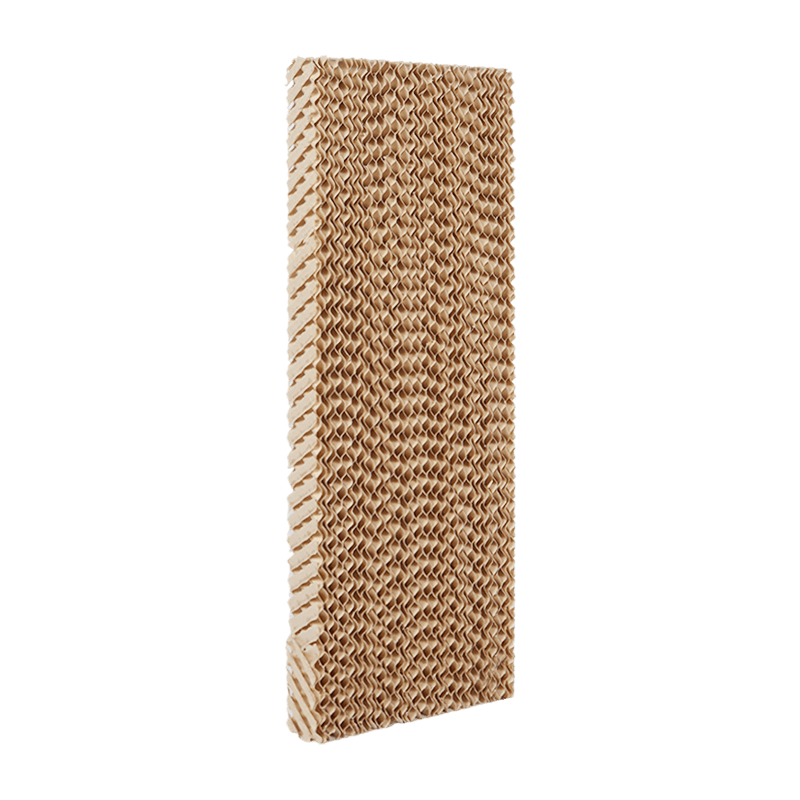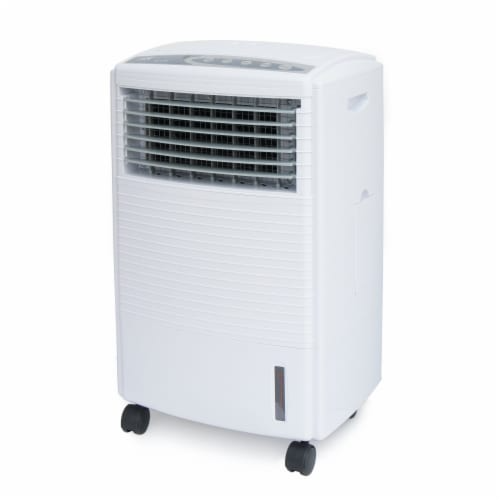| Primary Color | Brown |
| Material Details | Cellulose |
| Dimensions | 30 in. H x 12 in. W x 6 in. D |
Cooling Pad for 18 In. Evaporative Coolers
As a professional OEM Cooling Pad for 18 In. Evaporative Coolers supplier and ODM Cooling Pad for 18 In. Evaporative Coolers company, The evaporative wet curtain produced by the company has good water absorption and ventilation, strong cooling ability, long service life, and sterilization and algae prevention functions. It has been successfully applied in industrial plants with high-temperature operations such as evaporative air conditioners, evaporative cooling fans, humidifiers, animal husbandry, the greenhouse industry, the textile industry, hardware, as well as in public places such as shopping malls, internet cafes, supermarkets, etc., which can effectively improve indoor air quality, To prevent the spread of diseases caused by the use of air and truly achieve green environmental protection, energy conservation and emission reduction.
-
With consumers increasingly concerned about home environmental health and air quality, evaporative air coolers (also known as air conditioners) are frequently asked a core question: "Is the airflow fr...
READ MORE -
As an efficient, environmentally friendly, and easy-to-maintain heat dissipation solution, air coolers offer unparalleled advantages in applications where water resources are scarce or high mobility i...
READ MORE -
Evaporative coolers (often referred to as eco-friendly air conditioners or water-cooled air conditioners) have garnered widespread attention for their energy-saving and high-efficiency temperature con...
READ MORE
Cooling Pad for 18 In. Evaporative Coolers Cleaning and Disinfection Methods
1. Regular Inspection
Regular Observation: Regularly inspect the surface of the cooling pad to observe whether there is dirt, mold or other deposits.
2. Preliminary Cleaning
Use a soft brush or vacuum cleaner: Use a soft brush to gently brush away dust and dirt on the surface, or use a vacuum cleaner to clean to avoid damaging the honeycomb structure.
Rinse with clean water: Rinse the cooling pad with clean water to remove floating dust and light dirt. Avoid using a high-pressure water gun to avoid damaging the pad material.
3. Cleaner Selection
Mild Cleaner: Use a mild neutral detergent and avoid using strong acid or strong alkaline detergents to avoid corrosive materials.
Bleach Dilution: If there is mold on the cooling pad, you can dilute the bleach and spray it on the affected area, let it stand for a few minutes, and then rinse it off.
4. Disinfection Steps
Disinfectant Selection: You can use diluted bleach, disinfectant alcohol or a special disinfectant, dilute it according to the instructions and use it.
Evenly spray: Spray the disinfectant evenly on the surface of the cooling pad, making sure to cover all areas, especially wet corners.
5. Rinse and dry
Rinse thoroughly: After disinfection, rinse the cooling pad thoroughly with clean water to ensure that all detergents and disinfectants are removed.
Natural drying: Place the cooling pad in a well-ventilated place away from direct sunlight to dry naturally and ensure that no moisture remains.
6. Regular replacement
According to the frequency of use: Check the condition of the cooling pad regularly. If aging, wear or severe contamination are found, consider replacing it with a new pad.
7. Storage precautions
Dry storage: When not in use, store the clean and dry cooling pad in a dry, ventilated place to avoid humid environment that may cause mold growth.
 CONTACT US
CONTACT US English
English 中文简体
中文简体 عربى
عربى Tiếng Việt
Tiếng Việt












